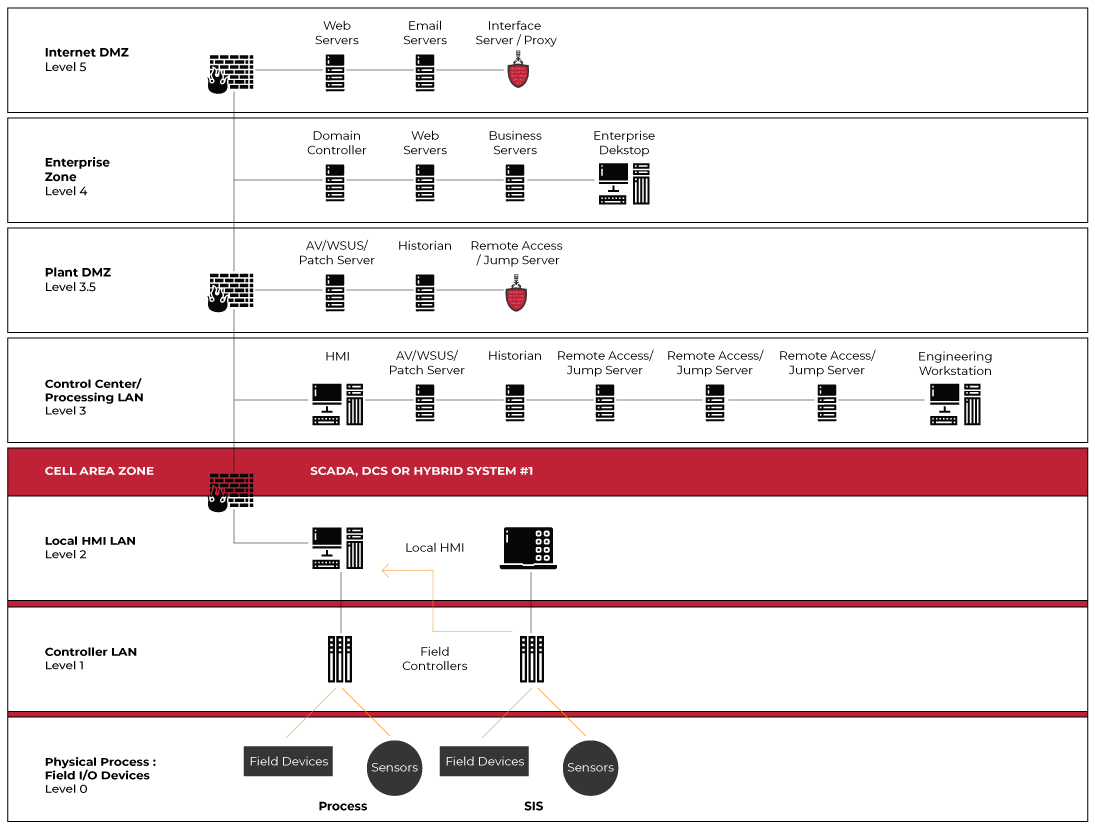
Meet Industrial Automation and Control System (IACS) Requirement
As IT and OT networks converge, they enable greater production efficiency but also expose OT systems to increased cyber threats. PickPacket Interface Server is designed to protect the communication in both IT and OT/IACS domains.
Protect your IACS now with PickPacket
About PickPacket
In today’s digital landscape, cybersecurity is essential for ensuring the safety and availability of Industrial Automation and Control System (IACS) networks and processes.
PickPacket Interface Server (PPIS) is designed to strengthen network segmentation, serving as the first line of defence for security teams.
It provides a robust solution that helps organizations meet IACS security standards, including ISA99 and ISA/IEC 62443-4-1, while integrating seamlessly within the Purdue Enterprise Reference Architecture (PERA) or any network framework.
- The first line of defence to IT/OT security risks
- Deep packet inspection and filters with criteria based on informed decision and packet validation
- Load balanced internal nodes to manage heavy connection
- Protect and mask technology blueprint from detection
- A unified handler for SSL/TLS certificates across nodes
Deep Packet Inspection and Filtration
For years, attackers have assailed network and system level vulnerabilities, fueling demand for products like firewalls and intrusion detection systems. We provide a Deep Packet Inspection and Filtration (DPIF) that is compatible with your Industrial Automation and Control System (IACS).
Node Balancing
We offers as very efficient distribute traffic to several nodes and to improve performance, scalability and reliability of data movement.
Zero Trust
At its core, Zero Trust is a security model and design philosophy that assumes any user or device could be a potential threat. Its goal is to remove the inherent trust that is granted to users in traditional 'castle and moat' style architectures. By adopting PickPacket, more controls can be deployed because the sole separation in the network segmentation is not sufficient.
Network Segmentation
Keeps external users from directly accessing the control system (Levels 0-2 of ISA-95). Reduces the risk of cyber threats by ensuring that remote connections pass through security layers before reaching critical systems.
